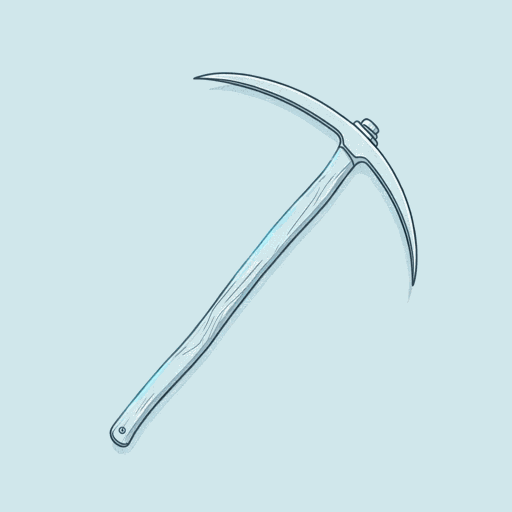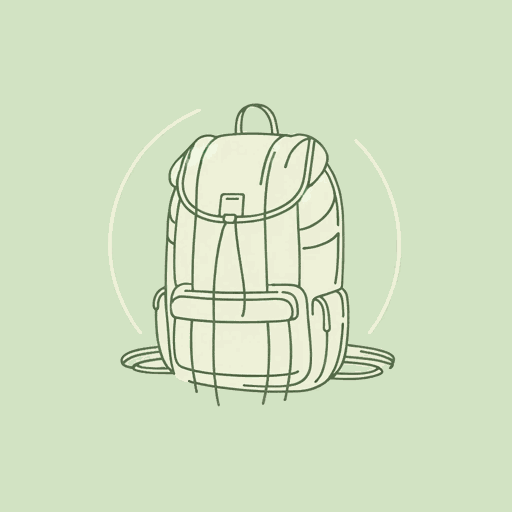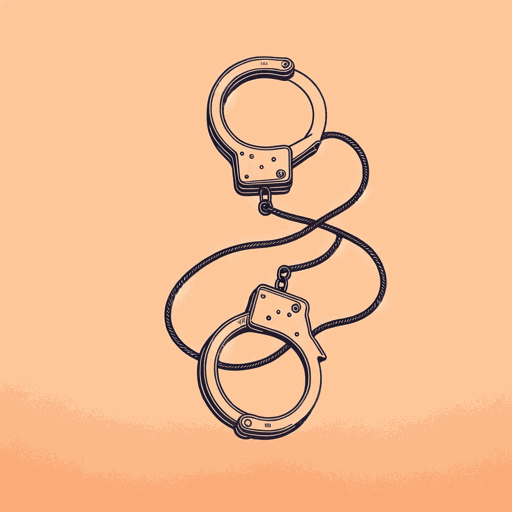84 pages • 2 hours read
Jon KrakauerInto Thin Air: A Personal Account of the Mount Everest Disaster
Nonfiction | Book | Adult | Published in 1997A modern alternative to SparkNotes and CliffsNotes, SuperSummary offers high-quality Study Guides with detailed chapter summaries and analysis of major themes, characters, and more. For select classroom titles, we also provide Teaching Guides with discussion and quiz questions to prompt student engagement.
Index of Terms
Bottled Oxygen (‘gas’)
The majority of mountaineers climbing above 25,000 feet use bottled, compressed oxygen, accessed via a face mask and tubing connected to a gas cylinder. The slopes of Everest are littered with discarded oxygen canisters; Sherpas are now incentivized to bring them down from Everest to help to reduce pollution.
HAPE, HACE
The human body is susceptible to a huge range of complications when exposed to high altitude. Two of the most dangerous of these are HAPE, or high-altitude pulmonary edema, where there is excess fluid in the lungs, and HACE, or high-altitude cerebral edema, where there is excess fluid in the brain. Both of these require that the victim be immediately transported to a lower altitude, as well as obtain immediate medical help.
Hypoxia
Hypoxia is a state where inadequate oxygen is available. Symptoms can include disorientation, confusion, extreme fatigue, susceptibility to cold, and death.
Related Titles
By Jon Krakauer
Featured Collections
Action & Adventure
View Collection
Community Reads
View Collection
Guilt
View Collection
Jewish American Literature
View Collection
Mortality & Death
View Collection
National Book Critics Circle Award...
View Collection
New York Times Best Sellers
View Collection
Popular Book Club Picks
View Collection
Pulitzer Prize Fiction Awardees &...
View Collection
Safety & Danger
View Collection





